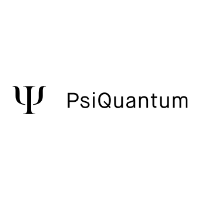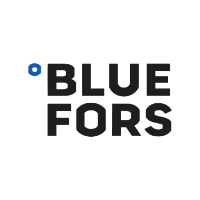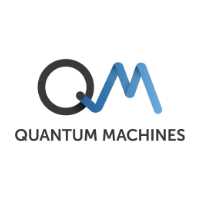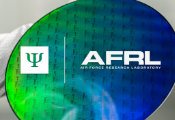Exploring Long-Range Coupling in Superconducting Spin Qubits: A Breakthrough powered by OPX
Exploring Long-Range Coupling in Superconducting Spin Qubits: A Breakthrough powered by OPX
Researchers at Delft University of Technology have achieved a significant milestone in the field of quantum computing, as documented in a recent publication in Nature Physics. Their work demonstrates the strong, tunable coupling between two distant superconducting spin qubits, marking an important step towards scalable quantum information processing. This breakthrough leverages the unique properties of Andreev spin qubits (ASQs), showcasing their potential to integrate semiconductor and superconducting technologies for advanced quantum applications.
Magnetic Marvels: NVIDIA’s Supercomputers Spin a Quantum Tale
Magnetic Marvels: NVIDIA’s Supercomputers Spin a Quantum Tale
Research published earlier this month in the science journal Nature used NVIDIA-powered supercomputers to validate a pathway toward the commercialization of quantum computing. The research, led by Nobel laureate Giorgio Parisi and Massimo Bernaschi, director of technology at the National Research Council of Italy and a CUDA Fellow, focuses on quantum annealing, a method that may one day tackle complex optimization problems that are extraordinarily challenging to conventional computers.
Squeezed Light for Photonic Quantum Computing
Squeezed Light for Photonic Quantum Computing
The Coherent Ising Machine (CIM) being developed by NTT Research is a hybrid classical and quantum machine based on photonic circuits. It uses a network of optical parametric oscillators (OPOs) programmed to solve problems that have been mapped to an Ising model, a mathematical abstraction of magnetic systems composed of competitively interacting spins or angular momentums of fundamental particles.
Towards Error-Free Quantum Computing: A Symbolic Model Checking Approach to Verify Quantum Circuits
Towards Error-Free Quantum Computing: A Symbolic Model Checking Approach to Verify Quantum Circuits
Researchers developed a symbolic model checking approach using Maude programming language for verification of quantum circuits.
Towards Error-Free Quantum Computing: A Symbolic Model Checking Approach to Verify Quantum Circuits
Towards Error-Free Quantum Computing: A Symbolic Model Checking Approach to Verify Quantum Circuits
Although some model checkers are dedicated to quantum programs, there is a gap between model-checking quantum programs and quantum circuits due to different representations and no iterations in quantum circuits. Addressing this gap, Assistant Professor Canh Minh Do and Professor Kazuhiro Ogata from Japan Advanced Institute of Science and Technology (JAIST) proposed a symbolic model checking approach.
How AI Helps Programming a Quantum Computer
How AI Helps Programming a Quantum Computer
Researchers from the University of Innsbruck have unveiled a novel method to prepare quantum operations on a given quantum computer, using a machine learning generative model to find the appropriate sequence of quantum gates to execute a quantum operation. The study, recently published in Nature Machine Intelligence, marks a significant step forward in unleashing the full extent of quantum computing.
A Novel Universal Light-Based Technique to Control Valley Polarization in Bulk Materials
A Novel Universal Light-Based Technique to Control Valley Polarization in Bulk Materials
When physicists plot the band structure, they usually see that the resulting curves resemble mountains and valleys. In fact, the technical term for a local energy maximum or minimum in the bands is called a “valley”, and the field which studies and exploits how electrons in the material switch from one valley to the other is coined “valleytronics”.
Steering Toward Quantum Simulation at Scale
Steering Toward Quantum Simulation at Scale
Researchers simulated a key quantum state at one of the largest scales reported, with support from the Quantum Computing User Program, or QCUP, at the Department of Energy’s Oak Ridge National Laboratory. The techniques used by the team could help develop quantum simulation capabilities for the next generation of quantum computers.
Planqc-Led Researchers Achieve Continuous Operation of 1,200-Atom Array
Planqc-Led Researchers Achieve Continuous Operation of 1,200-Atom Array
A team of researchers from Munich Quantum Valley, led by Johannes Zeiher, co-founder of planqc, and Immanuel Bloch, a planqc advisor, report they made substantial progress in the continuous operation of a large-scale atom array.
Phasecraft Suite of Algorithms Simulates Materials on Near-Term Quantum Computers
Phasecraft Suite of Algorithms Simulates Materials on Near-Term Quantum Computers
Phasecraft – the startup led by top academics developing world-leading quantum algorithms – has developed another record-breaking suite of algorithms that makes simulating materials on quantum computers simpler and more efficient than ever before.


























